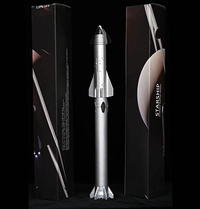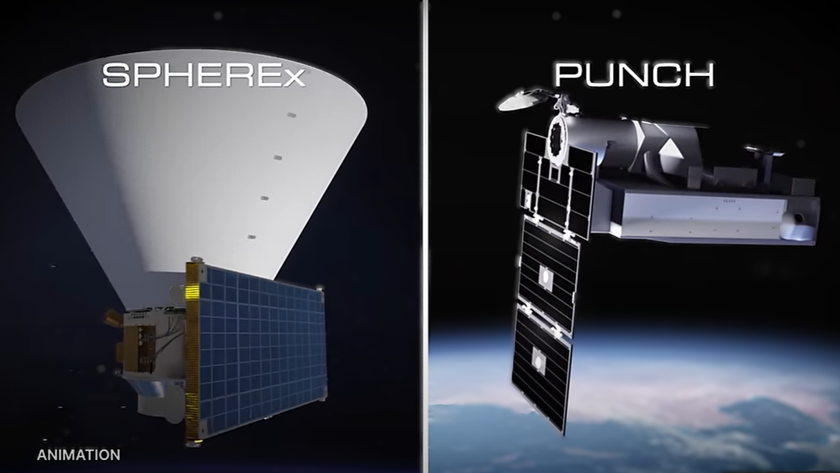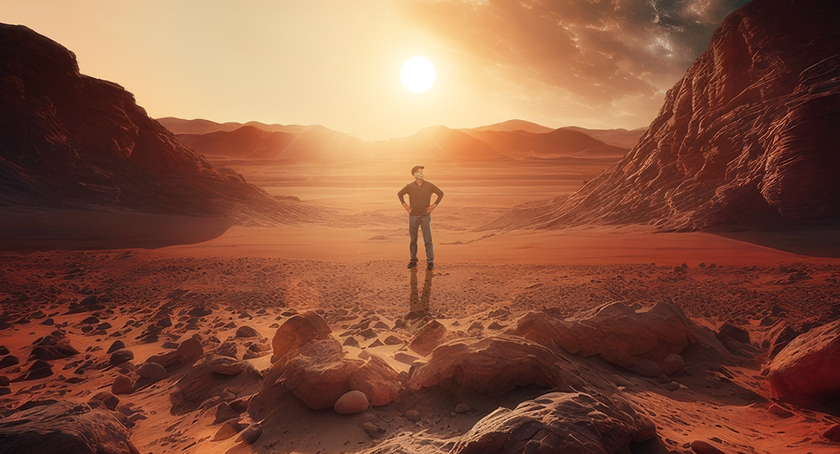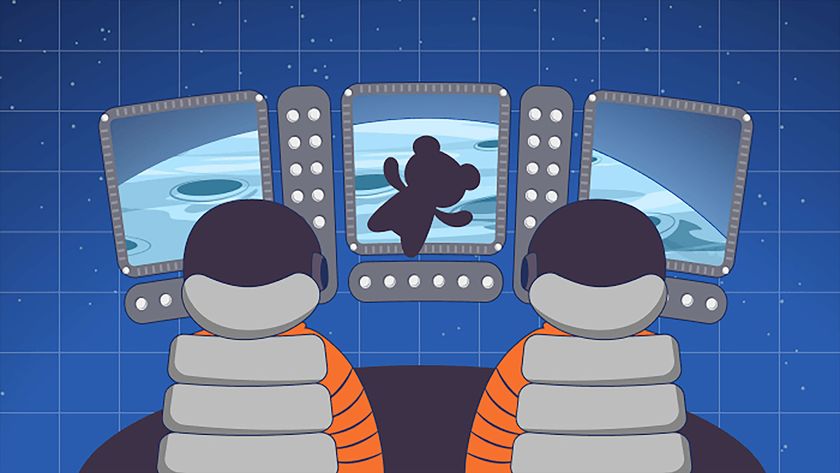Update for 8 p.m. ET: SpaceX launched its Starship Fight 8 rocket and successfully captured its Super Heavy booster after liftoff, but the Ship upper stage failed during ascent and broke apart over the Bahamas. Read our full wrap on the Starship Flight 8 launch and see stunning video of the Starship reentry over the Bahamas.
SpaceX plans to launch the eighth test flight of its huge Starship rocket on today (March 6), and you can watch the dramatic action live.
Starship, the biggest and most powerful rocket ever built, is scheduled to lift off from SpaceX's Starbase site in South Texas on Thursday, during a window that opens at 6:30 p.m. EST (2330 GMT; 5:30 p.m. local Texas time). That's three days later than originally planned; SpaceX had aimed to launch Starship Flight 8 on Monday (March 3) but called that attempt off after discovering issues with the rocket.
SpaceX announced a one-day delay from a targeted launch on Mar. 5 in a post on X Wednesday morning. You can watch the Flight 8 launch live here at Space.com, courtesy of SpaceX, or directly via the company. Coverage will begin about 40 minutes before liftoff. Follow our live Starship Flight 8 launch updates for the latest on the mission.
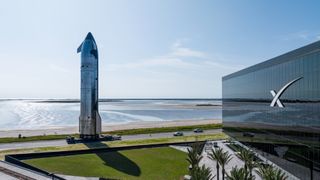
Starship Die Cast Rocket Model Now $47.99 on Amazon.
If you can't see SpaceX's Starship in person, you can score a model of your own. Standing at 13.77 inches (35 cm), this is a 1:375 ratio of SpaceX's Starship as a desktop model. The materials here are alloy steel and it weighs just 225g.
If all goes according to plan today, Super Heavy will return to Starbase and be caught by the launch tower's "chopstick" arms about seven minutes after liftoff.
Starship's upper stage, meanwhile, will deploy four dummy versions of SpaceX's Starlink broadband satellites on a suborbital trajectory before splashing down in the Indian Ocean off Western Australia about 66 minutes after launch.
Those were also the main goals of Starship Flight 7, which launched on Jan. 16. SpaceX pulled off a Super Heavy chopsticks catch that day, but Ship didn't fare so well: It suffered a propellant leak and ended up exploding above the Atlantic Ocean before it could deploy its mock Starlink spacecraft. (There were 10 such craft on board Starship on the last flight.)
Get the Space.com Newsletter
Breaking space news, the latest updates on rocket launches, skywatching events and more!
Related: SpaceX catches Super Heavy booster on Starship Flight 7 test but loses upper stage (video, photos)
SpaceX is developing Starship to help humanity settle the moon and Mars, and to handle the bulk of the company's other launch tasks as well. NASA has a big stake in the vehicle; the agency picked Starship to be the first crewed lunar lander for its Artemis program, which aims to land astronauts on the moon in the next few years.
The current iteration of Starship stands 403.5 (123 meters) tall, but SpaceX founder and CEO Elon Musk has said future versions will be even bigger.
Editor's note: This story was updated on Thursday, March 6, to reflect the latest launch date for Starship Flight 8.
Join our Space Forums to keep talking space on the latest missions, night sky and more! And if you have a news tip, correction or comment, let us know at: community@space.com.

Michael Wall is a Senior Space Writer with Space.com and joined the team in 2010. He primarily covers exoplanets, spaceflight and military space, but has been known to dabble in the space art beat. His book about the search for alien life, "Out There," was published on Nov. 13, 2018. Before becoming a science writer, Michael worked as a herpetologist and wildlife biologist. He has a Ph.D. in evolutionary biology from the University of Sydney, Australia, a bachelor's degree from the University of Arizona, and a graduate certificate in science writing from the University of California, Santa Cruz. To find out what his latest project is, you can follow Michael on Twitter.
